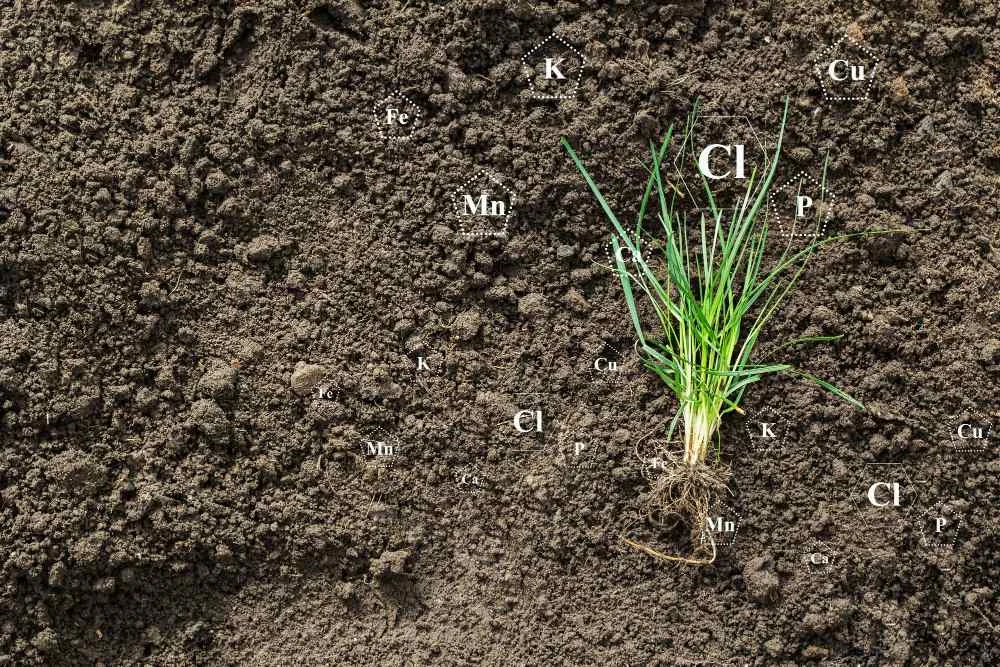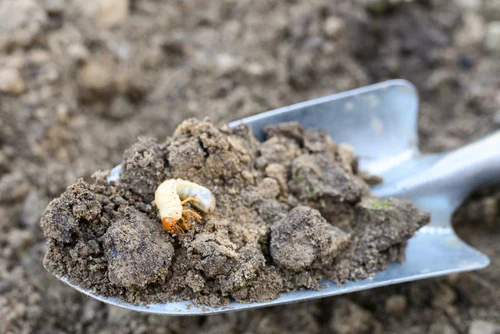Ready to boost your gardening game? Healthy soil and knowing how to use it effectively are key! Furthermore, learn the secrets of proper watering, mulching, and maintenance to ensure your garden reaches its full potential.
So, how to make healthy garden soil and use it properly?
- Improve soil structure
- Enhance nutrient content
- Reduce the use of chemicals
- Mulch
- Rotate crops
To utilize a healthy garden;
- Employ planting and transplanting
- Follow proper watering methods
- Regularly maintain
- Enjoy the harvest
Here, I will share all my adventures with you about building healthy garden soil and using it to the fullest. Moreover, from years of gardening experience, I have collected all the information. It will help you create a healthy garden fast. Let’s start
Understanding Soil Basics
Before exploring soil improvement techniques, it’s essential to understand the basics. Soil is composed of minerals, organic matter, water, and air. Furthermore, the ideal soil should have a balanced mixture of these components. This ensures the perfect environment for plant roots.
However, there’s more in-depth information to know about soil. Let me divide that into two sections for you;
- Soil Texture
- Soil pH
Let’s understand them better.
Soil Texture
Soil texture means the ratios of sand, silt, and clay particles in your garden’s soil. Nonetheless, this texture impacts soil behaviour, especially on water retention, drainage, and nutrient availability.
Soil pH
Soil pH estimates the acidity or alkalinity of the soil. Moreover, this pH affects nutrient availability and microbial activity. Nevertheless, the pH scale ranges from 0 to 14, with seven being neutral. Most garden plants flourish in soil with a pH between 6.0 and 7.0, where nutrients are most accessible.

How to Make Healthy Garden Soil
Before we get into how to use healthy soil properly, let’s check out how you can make the soil healthy first.
Improving the Soil Structure
Understanding soil structure is vital to improving soil structure. Begin by testing your soil’s texture and pH. However, as a gardener, I recommend sending your garden’s soil for lab testing. This will give you all the necessary information in one place.
Nevertheless, many home DIY kits are available if you can’t send the soil to a lab. These kits will help you identify pH levels and soil structure.
If your soil lacks a good structure, adding organic matter such as compost, old waste, or leaf mold is the key. This organic matter will also improve aeration and nutrient range.
On the other hand, if your pH level is high or low, homemade solutions are available to improve it. If it is high and you need to lower it, add sulfur.
Similarly, if the pH level is low, you need to add lime.
Enhance Nutrient Content
Enhancing the nutrient content of your soil is crucial for healthy plant growth. Regardless, one of the best ways I have tried is using compost, a powerhouse of nutrients. Applying compost regularly keeps your soil rich and nutritious. It provides plants with essential nutrients.
Furthermore, homemade compost is sustainable and made from kitchen scraps and garden waste.
In addition to compost, you might need to add exact nutrients based on your soil test results. For instance, if your soil is deficient in phosphorus, adding bone meal can help. Tailoring these modifications to your soil’s needs ensures that your plants have access to a balanced supply.
Reduce Using Chemicals
Reducing chemicals in your garden is essential for maintaining healthy soil. Instead of using artificial fertilizers and pesticides, use organic alternatives. These include compost, manure, and natural pest controls.

Also, the methods add nutrients to the soil. They also create a diverse environment with helpful organisms. These include earthworms and microorganisms.
Using fewer chemicals makes gardens healthier. It supports strong plant growth and biodiversity.
Protect Topsoil With Mulch or Cover Crops
Protecting topsoil is vital for maintaining soil health and preventing erosion. Nevertheless, the most effective method that has worked for me is using mulch.
I like to use straw and grass clippings as mulch. Overall, mulch can cover the soil surface, helping to retain moisture, regulate soil temperature, and stop weed growth.
Rotate Crops
Changing the kinds of plants grown in each region of your garden each season removes specific nutrients that certain crops need heavily. For example, switching tomatoes, hungry for nitrogen, with beans can help balance soil nutrients.
Additionally, crop rotation disrupts the life cycles of pests and diseases specific to certain plants. Thus reducing their prevalence and the need for chemical controls.
Furthermore, this practice also encourages a diverse and healthy soil ecosystem. This promotes beneficial organisms that support plant health.
Table: Summary of the Changes You Can Do to Improve Soil Health
Here’s a table that you can use to understand the changes that will instantly improve your garden’s soil health.
| Changes | Benefits |
| Add Compost | Improves soil structure, adds nutrients |
| Add Aged Manure | Adds organic matter and nutrients |
| Add Bone Meal | Provides phosphorus for root development |
| Add Blood Meal | High in nitrogen for leafy growth |
| Add Greensand | Supplies potassium and trace minerals |
| Add Lime | Raises soil pH (reduces acidity) |
| Add Sulfur | Lowers soil pH (increases acidity) |
How to Use a Healthy Garden Properly
There are several ways you can use a healthy garden. However, I will share only the ones that I have tried myself and found to be effective.
Planting and Transplanting
One of the best ways to utilize a healthy garden is planting and transplanting. Start by thoroughly cleaning the planting area. Remove all trash, rocks, and weeds till the soil is loose and about 12 inches deep.
Furthermore, when planting, dig holes bigger than the plant’s root ball and gently handle the roots. The proper distance between plants depends on enough air circulation and plant growth.
Proper Watering
Proper watering of your garden is crucial for the health of your plants. Water deeply but infrequently. This method promotes root growth, which helps plants tolerate dry conditions.
Still, soaker hoses and drip systems supply water to roots well. They do this by keeping plants dry and limiting evaporation. Furthermore, they lower the risk of illness.
Regular Maintenance
A garden requires regular care and attention. Otherwise, all the effort you put into creating a healthy garden will be wasted.
Still, weeding regularly is one way to keep plants healthy. It also reduces competition for water and nutrients Look for any indications of pests or illnesses in your garden.
Afterwards, take quick action to prevent problems from getting worse. Regularly pruning can also produce more flowers and healthier development.

Enjoying the Harvest
Lastly, remember to enjoy the results of your hard work. To promote continuous production, gather fruits, veggies, and herbs regularly.
Share the extra fruits and veggies with friends and family to enjoy your garden’s food all year. Otherwise, preserve them by freezing or drying them.
Fertilizing for Growth
Your garden’s soil requires fertilization throughout the growing season. However, as mentioned before, I recommend that you use organic fertilizer.
While I recommend reducing the use of chemicals, you cannot ignore them. That’s where organic fertilizers come in handy.
Nevertheless, follow recommended application rates to avoid over-fertilization, which will harm the plants. Fertilize only at crucial growth stages to support plant growth.
Wrap-Up
In conclusion, making and running healthy garden soil is the basis of a successful garden. Use organic amendments, proper watering techniques, and regular maintenance procedures. I guarantee that your plants thrive and produce large yields.
Nevertheless, I have shared my years of experience gardening in an article. I hope it will help you build a healthy, beautiful, sustainable, resilient garden. Regardless, happy gardening to all the gardeners out there!


